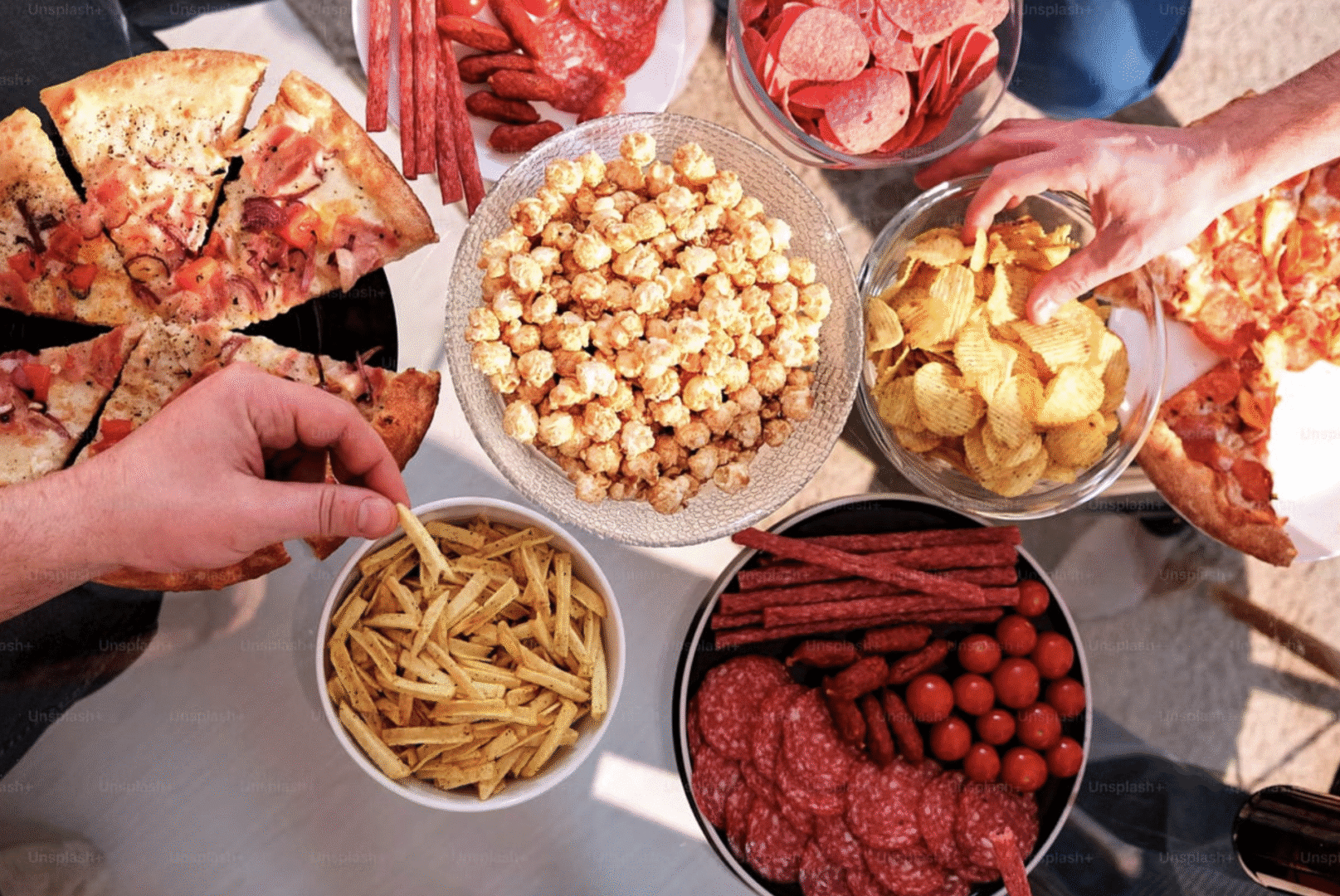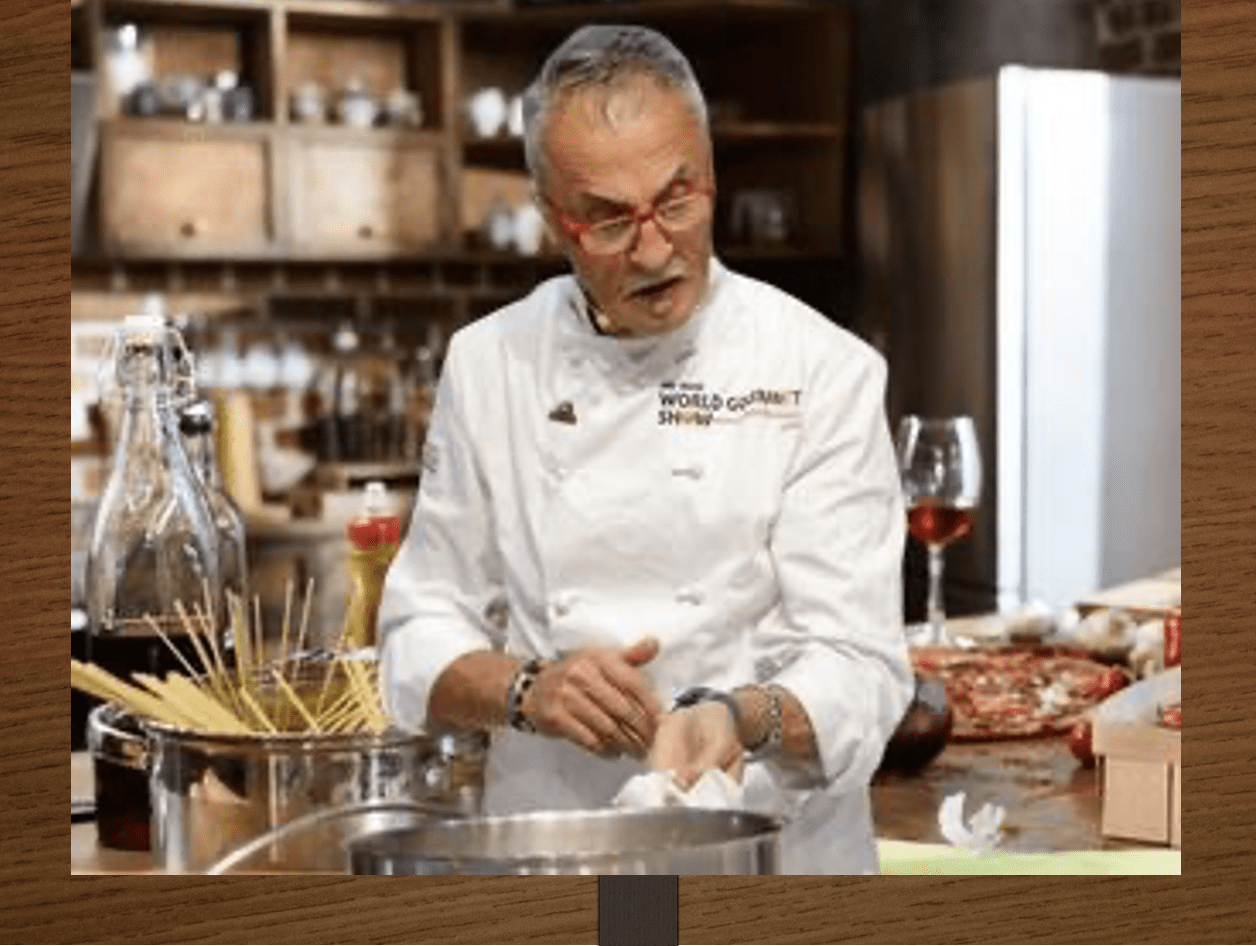Search Posts
Recent Posts
- Bed Bug Awareness: At home, hotel rooms, dorms, vacation rentals, only 29% can identify a bed bug June 8, 2025
- A crack in the foundation – Michael Morse June 8, 2025
- Ask Chef Walter: Ultra processed foods – Chef Walter Potenza June 8, 2025
- Rhode Island Weather for June 8, 2025 – Jack Donnelly June 8, 2025
- Vinny Paz to be inducted TODAY into the International Boxing Hall of Fame – CES Boxing June 7, 2025
Categories
Subscribe!
Thanks for subscribing! Please check your email for further instructions.

Ask Chef Walter: Ultra processed foods – Chef Walter Potenza
by Chef Walter Potenza, contributing writer, executive chef
ULTRA PROCESSED FOODS
Photo: Image Attribution via Andrej Lisakov
Americans are eating more processed foods than ever, and surveys show that most consumers don’t understand just how much this trend affects their health.
Friends:
In modern America, convenience often trumps health, and nowhere is this more evident than in the dominance of ultra-processed foods (UPFs) in daily diets. Engineered for irresistible taste, extended shelf life, and effortless consumption, these foods have become staples in households across the country—but at a steep cost.
Linked to obesity, chronic diseases, and even mental health struggles, UPFs represent a growing public health crisis. Yet, despite the mounting evidence of their dangers, Americans continue to prioritize their convenience, a trend rooted in decades of societal and economic shifts.
Ultra-processed foods have very little in common with their natural origins, transformed through multiple industrial processes and packed with artificial additives—flavors, colors, emulsifiers, and preservatives—that enhance their appeal while stripping away nutritional value. Consider popular items such as sugary cereals, packaged snacks like potato chips, frozen pizzas, and sodas.
The NOVA classification system, developed by Brazilian researchers, categorizes these foods in their category (Group 4), which is distinct for its complex formulations and minimal whole-food content. Unlike minimally processed foods, such as fresh fruits or whole grains, UPFs are designed to be hyper-palatable, encouraging overconsumption while offering little in the way of essential nutrients.

The health risks tied to UPFs are alarming. Studies show that these foods contribute to obesity by packing in excessive calories without satiating hunger—a 2019 Cell Metabolism study found that people eating UPFs consumed 500 more calories per day than those on whole-food diets. Beyond weight gain, UPFs are linked to chronic conditions like dangerous heart disease, type 2 diabetes, and certain cancers, with a 2023 BMJ meta-analysis reporting a 30-60% higher risk of cardiovascular issues among frequent consumers.
Even gut health suffers, as additives like emulsifiers disrupt the microbiome, potentially triggering inflammation and metabolic disorders. Emerging research suggests UPFs may also harm mental health, with a 2022 study in Public Health Nutrition connecting them to increased depression and anxiety. Most strikingly, a 2024 Lancet study found that high UPF consumption raises the risk of premature death by 10-15%.
Yet, despite these dangers, UPFs make up nearly 60% of the average American’s caloric intake. The reasons are deeply entrenched in modern life. Time-strapped families juggling work and responsibilities gravitate toward quick, ready-to-eat meals. Cost plays a significant role—processed foods are often cheaper than fresh produce, a harsh reality for low-income households.
Top offenders in category (4)four, ultra-processed foods, include fizzy drinks, packaged snacks, sweets and chocolate, ice cream, biscuits, cakes and pastries, sausages and burgers, packaged pies and pizzas, and chicken nuggets.
Accessibility is another factor; in food deserts, where family-owned grocery stores are scarce, UPFs dominate shelves at gas stations and convenience stores. Aggressive marketing further solidifies their position, with food companies spending billions to engineer addictive flavors and bombard consumers with advertisements. Culturally, UPFs have become normalized, from school lunches to office vending machines, making whole foods seem like a luxury rather than a necessity.
The rise of UPFs dates back to the mid-20th century when post-war industrialization led to the development of new food technologies. Wartime innovations, such as instant coffee and dehydrated meals, transitioned into civilian life, prioritizing shelf stability and convenience. By the 1960s and 1970s, fast food and packaged snacks experienced a surge in popularity, catering to a workforce with less time for cooking, especially as more women entered full-time employment.
The 1980s low-fat craze, a response to rising concerns about heart disease, led to a surge in ‘healthy’ processed foods as manufacturers replaced fats with sugars and additives, creating versions of cookies and snacks that were anything but. Globalization then scaled production, flooding markets with cheap, shelf-stable ingredients like high-fructose corn syrup.
Society itself has transformed to accommodate—and depend on—UPFs. A century ago, most Americans lived rurally, growing or sourcing fresh food. Today, over 80% reside in urban areas, relying on supermarkets stocked with processed options. Dual-income households and longer work hours have made home cooking a rarity. At the same time, microwaves and food delivery apps have turned instant meals into the norm. Snacking culture has replaced sit-down meals, and agricultural subsidies for corn and soy have made UPF ingredients artificially cheap while fresh produce remains expensive.
Reversing this trend demands systemic change. Public health campaigns must educate consumers about the risks associated with UPF. At the same time, policies such as soda taxes and more transparent food labeling can steer choices toward healthier options.
Expanding powerful access to fresh food in underserved areas is critical, as is reviving cultural appreciation for home-cooked meals. The UPF epidemic didn’t emerge overnight—it was decades in the making. But with concerted effort, America can reclaim its health, one whole food at a time.

https://flavorsandknowledge.com/food-tours
Chef Walter is featured HERE every Sunday with his regular Ask Chef Walter column!

Meet Chef Walter! There is a constant, recognizable thread in the career of Walter Potenza to elevate the level of Italian culinary culture in the United States. Besides his unquestionable culinary talent and winning business perspective, Chef Walter has been a relentless educator with passion and knowledge who defeats stereotypes. His life, career, and values are a model, an example to follow by any chef of Italian gastronomy working outside Italy.
Chef Walter appears regularly on National and International Networks such as Food Network, ABC, CBS, NBC, RAI, FOX, and Publications such as NY. Times, Washington Post, Wall Street Journal, Food & Wine, Saveur, Gourmet, and several Italian media outlets. And now, RINewsToday!
